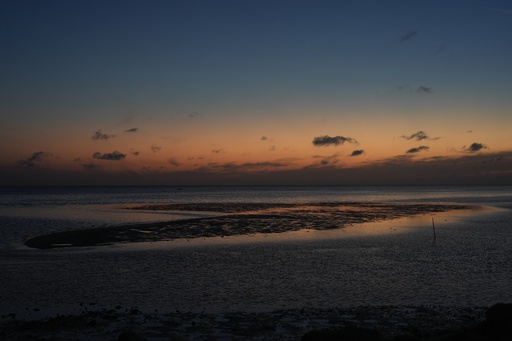In Horseshoe Beach, Florida, Lisa Bregenzer cherished her waterfront home for its scenic views and personal connections to nature and her late father. However, Hurricane Idalia in late August devastated the village, leaving her homeless. For months, Bregenzer and her husband sought refuge with friends and family across several states. As months passed, the struggle to rebuild and recover persisted, leaving her emotionally and physically drained.
Nearly a year after the hurricane, residents of Horseshoe Beach are faced with difficult decisions on whether to sell and relocate, live in recreational vehicles, or rebuild elevated homes to meet building codes. This dilemma comes as U.S. officials warn of an active hurricane season in Florida. Coastal communities across the U.S. are grappling with the impacts of climate change, including rising sea levels, warming oceans, intensified storms, and increased flooding.
Horseshoe Beach, a small town in Dixie County with less than 200 residents, is no stranger to natural disasters reshaping its landscape. Previous storms like Hurricane Hermine in 2016 and the “Storm of the Century” in 1993 have altered the town over the years. The destruction caused by Hurricane Idalia has left many residents contemplating the future of their beloved coastal community.
Residents like Tina Brotherton, who lost her business and home to Idalia, face the daunting prospect of rebuilding or moving on. With the challenges of obtaining insurance and funding for reconstruction, some long-time residents, like Brotherton, have decided not to return. Despite the resilience of the community, the road to recovery is long and uncertain for many.
As Horseshoe Beach continues to recover from the aftermath of the hurricane, residents like Eileen Lilley find solace in temporary accommodations that offer mobility in the face of future disasters. With financial assistance programs being crucial for many residents to rebuild, the high costs of insurance and rebuilding pose significant challenges. City officials are concerned about the rising insurance rates and the financial burden it places on residents in flood-prone areas.
After months of uncertainty and setbacks, Bregenzer received a glimmer of hope when her family was approved for a program to build a new home. This news brought a sense of relief and renewal to her after a long and tumultuous journey towards recovery. The resilience and determination of residents like Bregenzer underscore the strength of the community as they navigate the complexities of rebuilding their lives in the wake of a destructive storm.


